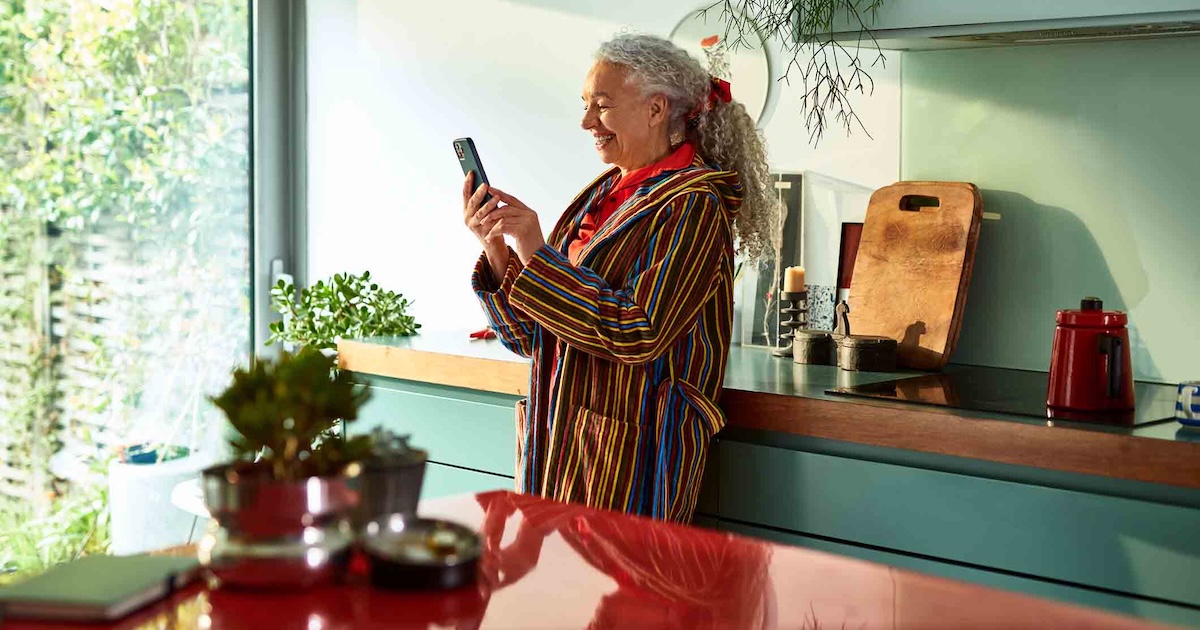 By 2050, there will be an increase of 4.6 million people 85 years or older who suffer from memory impairment, bringing the total to 6.2 million people. This significant increase means there will be added pressure to provide care to this population - despite the fact that the industry won't see any uptick in providers.
By 2050, there will be an increase of 4.6 million people 85 years or older who suffer from memory impairment, bringing the total to 6.2 million people. This significant increase means there will be added pressure to provide care to this population - despite the fact that the industry won't see any uptick in providers.
Advancements in technology - particularly in the telehealth and remote monitoring realm - hold many advantages that can help serve more seniors who suffer from memory loss. One emerging trend, for example, is the use of wearable devices that can track seniors’ vital signs and location and alert caregivers or family members when they have fallen or exited an exterior door.
The interdisciplinary care team that will monitor seniors (either at their homes or on a care facility campus) must have access to real-time data captured from diverse patient-facing devices and applications. This data should be coupled with predictive analytics and decision support applications that can alert providers to potential adverse events in time to intervene. Ensuring interoperability between the caregivers’ and the patients’ technology will also be essential as remote monitoring care model becomes more common.
More seniors aging in place
Nearly 90 percent of people older than age 65 want to stay in their home for as long as possible, and 80 percent believe their current residence is where they will always live, according to results from a 2012 survey of AARP members. Even with memory impairments, many seniors will want to remain in their home and will be able to thanks to existing and emerging remote monitoring technology and other telehealth services.
For early stages of memory loss, programs in which caregivers phone seniors to check on health status and offer medication reminders have been shown to be effective. For later memory-loss stages, sensor technology that can inform caregivers about a senior's sleeping position or location could be deployed, as could devices that prevent an occupant from leaving home unless his or her safety is at risk.
In another trend, care organizations are interacting with early-stage memory loss seniors in their home or living-in-care communities through video-streaming services, such as Skype or FaceTime. Seniors who are able to use health-monitoring devices, such as blood pressure cuffs, support the off-site clinician by reading measurements from the devices during the video encounter. In the near future, small patches placed on the arm that can capture and transmit measurements such as blood glucose levels, blood pressure and heart rate will bolster these video visits. Senior care organizations and payers are investing in technology-enabled care like this because it can be delivered more cost effectively than a physician’s office visit and is safer and more convenient for the memory-impaired population and their families.
Caregivers with oversight and insight
Between provider visits, a senior care organization can capture data inputted by the resident or transmitted from mobile health monitoring devices. The caregivers’ information technology systems, however, should serve not only as data repositories, but should include integrated analytics applications with sophisticated algorithms that interpret incoming data based on the patient’s care history and health status, so that caregivers can be alerted to device readings and trends that require clinical attention.
A memory-impaired senior could be wearing, for example, a heart-rate monitor that one evening detects a slow resting rate that may be considered within normal ranges for a person his/her age. Conversely, for this particular senior, the heart rate might be an indication of a potential cardiac event. Properly designed data analytics technology can detect and notify caregivers of such an occurrence and automatically present relevant data from the senior’s electronic health record to support the clinician. In many cases, this would lead to a phone call or a home health visit the following day to confirm the senior’s health status is normal. Spread out over larger populations, these predictive analytics capabilities could save healthcare institutions, payers and patients millions of dollars in emergency medical services. Most importantly, such technology could also prevent a serious adverse event.
Interoperability essential across disparate platforms
Real-time data analytics with decision support notifications are crucial capabilities for providers monitoring populations of seniors with memory impairment. And it's essential that that data flows freely from devices and technology in seniors’ homes to the care organizations and back.
Advanced health information technology companies have built hundreds of interfaces and continue to invest thousands of programming hours to ensure that the disparate EHR, medical device, laboratory and other platforms that are used throughout the care continuum are compatible with their own software. These firms also continually support other vendors in helping improve interoperability across networks and between applications.
Senior care organizations that plan to offer more remote monitoring and telehealth services for those with memory impairment need to consider vendors that are developing systems to support the aging-in-place trend and are helping to efficiently care for this population in the years ahead.
Kirby Cunningham, RN, is vice president of Strategic Clinical Initiatives for AOD Software.


